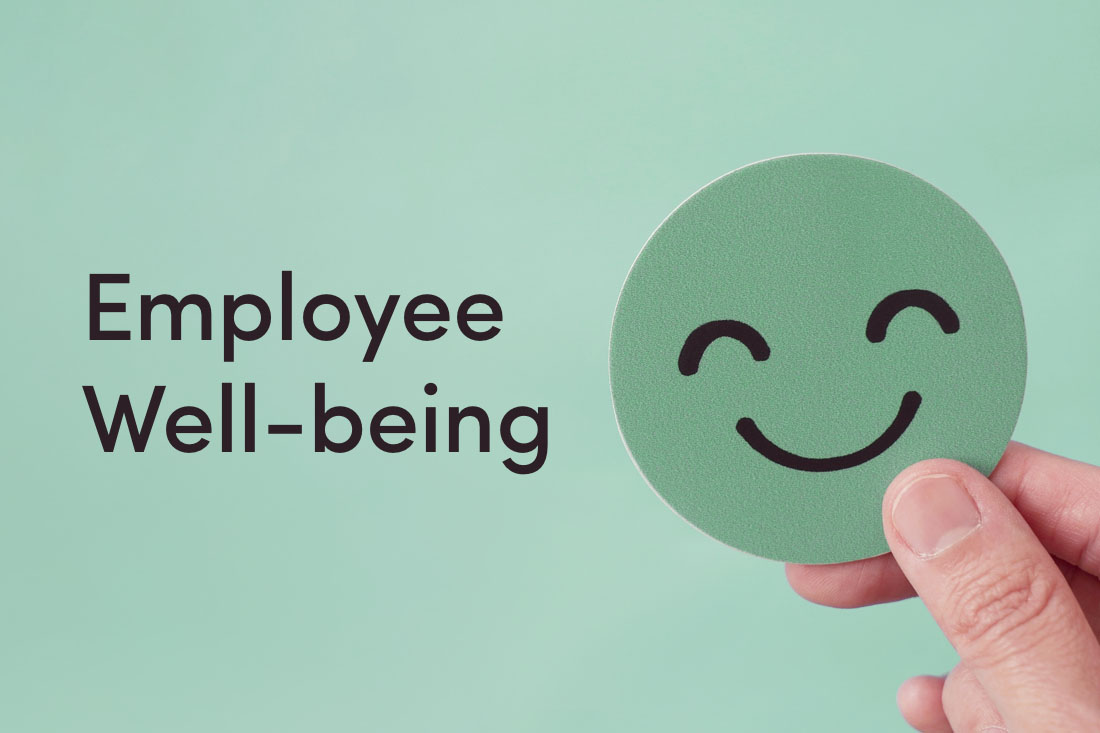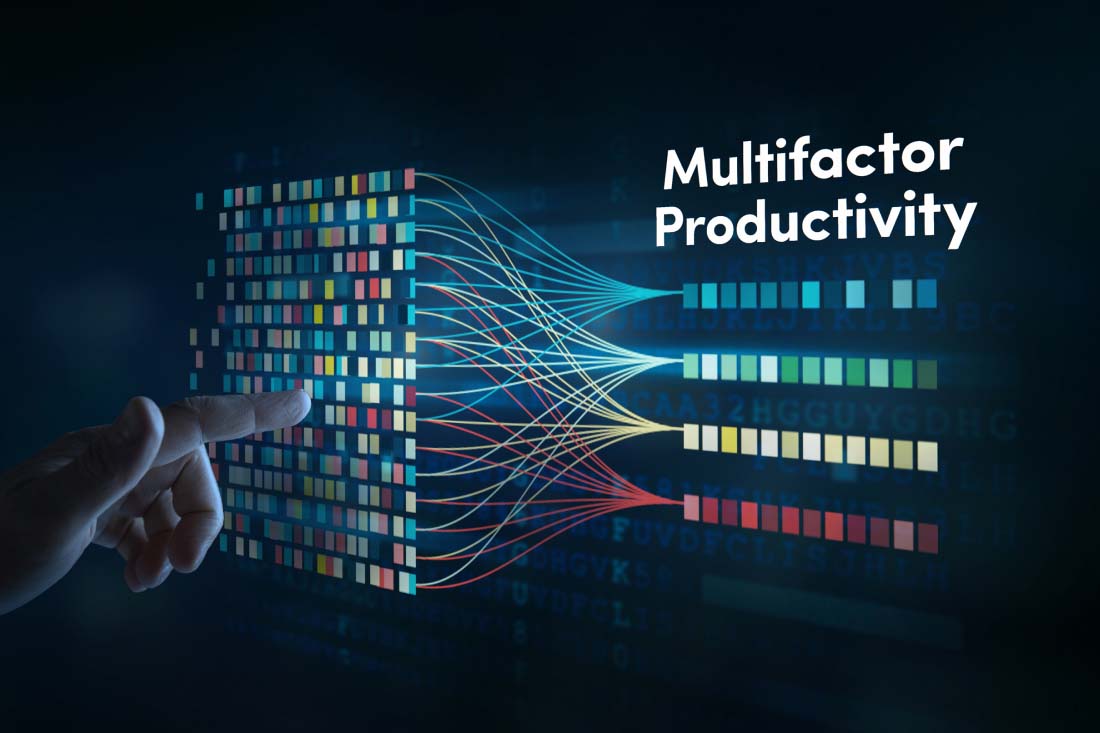How much more could your organization achieve if sick days go down, productivity goes up and burnout becomes non-existent? According to Gallup, the answer is “a lot.” Recent research shows a direct connection between employee well-being and company success. But unfortunately, organizations still lose $322 billion a year to lost productivity and turnover caused by burnout.
Given these findings, you can’t afford not to monitor employee well-being. Start with these five effective methods.
What is employee well-being?
Employee well-being is the state of your workers’ overall health in the workplace. It encompasses job satisfaction, work-life balance, engagement, and overall happiness. Unlike wellness, which focuses on habits to improve mental health and physical activity, well-being incorporates all the components of a great work experience. It goes beyond the absence of illness to focus on creating a positive work environment that fosters personal growth and professional development.
Fostering well-being means taking care of your employees’ emotional, mental and physical health. While you can’t force well-being, you can help support it. Work-life balance, professional development opportunities, mental health support, and office culture all lead to increased employee well-being.
How to monitor employee well-being
To improve employee well-being, you have to track and monitor it. Here are five effective ways to do just that.
1. Survey your employees
One of the simplest ways to know how employees feel? Ask them. Regularly sending surveys allows you to gather intel on how happy people are at work and what they feel needs your attention. Ask them to rate workloads, stress levels and job satisfaction and invite them to anonymously share candid feedback for improvement.
However, while surveys are an easy way to gain insight, they shouldn’t be your sole method for monitoring employee well-being. Because they rely on self-reporting, survey results are influenced by how people feel on a particular day. And the sample size is often too small to be reliable — experts say 90% response rates are suspiciously high.
2. Use workforce analytics
For a more accurate picture of the impact of your well-being initiatives, track employee data. Workforce analytics reveals many of the same insights collected in surveys, based on actual activity. This method allows you to track the early warning signs of poor well-being, such as excessive hours, unbalanced workloads, and a lack of focus time.
For example, ActivTrak’s employee experience software tracks individual and team activities to alert managers when employees show signs of burnout, disengagement and quiet quitting. Each is a warning sign well-being is at stake. By tracking them in real-time, managers know when to initiate conversations with employees so they can identify and address underlying issues — long before a survey goes out.
3. Schedule regular syncs
How often do you meet with employees just to see how they’re doing? If the answer is “rarely” or “never,” schedule regular syncs starting today — even if you conduct surveys and use workforce analytics software. This method helps ensure you hear about any issues firsthand, allowing you to address problems before they escalate. It’s especially important for employees who work from home and don’t have much face-to-face interaction.
Whether you have weekly one-on-one meetings or mark your calendar to reach out at regular intervals, keep the focus of these conversations on employee well-being. Employees who aren’t overwhelmed are far more likely to openly discuss issues with managers than those who are, so it’s up to you to invite candid input. Ask how your team members feel about their current workloads, work-life balance and team dynamics.
4. Encourage open communication
Encouraging candid feedback is vital for monitoring employee well-being. While regular syncs are great for the employee-manager relationship, it’s up to executives to foster a companywide culture of communication. By welcoming employees to share feedback at any time, you foster a sense of belonging to help employees feel heard and valued.
Start by establishing regular channels for dialogue, such as an anonymous digital suggestion box where you encourage employees to voice concerns. Then build a plan for actively assessing and addressing feedback. People need to see you care, and putting their advice into action is one of the best ways to promote well-being.
5. Conduct exit interviews
The above methods will empower you to uncover and address most issues in real-time. Still, some problems may fall through the cracks. For this reason, it’s critical to conduct positive exit interviews. Make employees feel comfortable sharing experiences they may have been hesitant to discuss while still on the job. Why? Because even a thriving culture will sour for someone who’s on a toxic team or under poor management. By surfacing these issues and others like them, you stand a much better chance of improving the well-being of your remaining workforce.
Monitor employee well-being with ActivTrak
Ready to transform your organization's approach to employee well-being and productivity? ActivTrak empowers you with deep insights for more data-driven decision making. Thousands of customers rely on our employee experience platform to assess engagement, monitor burnout risk, identify quiet quitting, protect focus time and ensure healthy workload balance — all to help ensure lasting, long-term employee well-being.
Schedule a demo for tips to build your path to a healthier, more productive workplace today.





